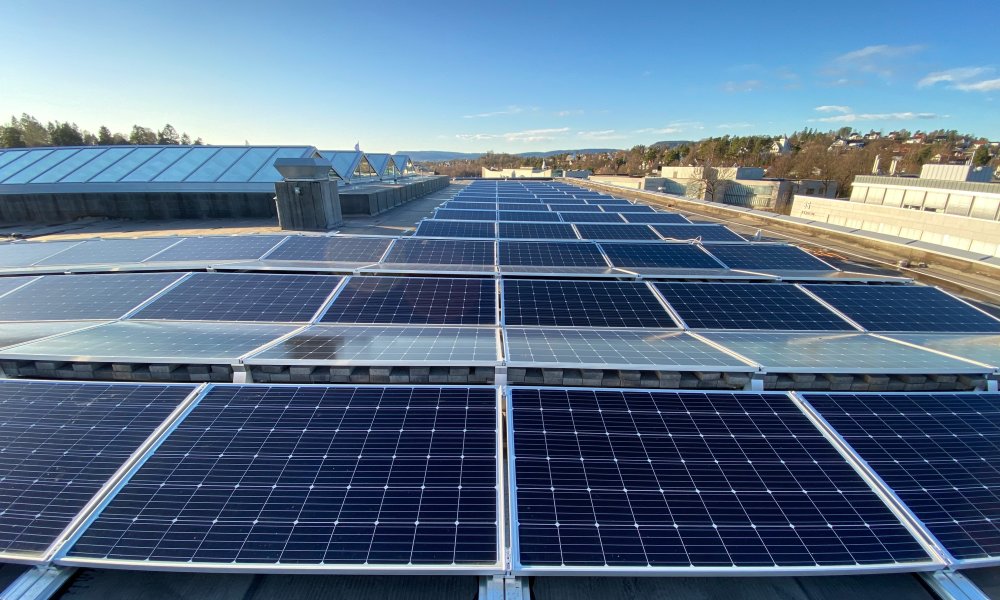If you’re looking for a pick-me-up in the aftermath of COP28, the IEA’s newly published Renewables 2023 report could be it. Full of the latest facts and data, it offers encouraging signals on room for growth in renewables.
At the end of last year, world leaders gathered in Dubai, as the United Arab Emirates (UAE) hosted COP28, the annual UN conference on global climate action. A key objective of the summit was to ratchet up progress on the commitments made at COP21 in 2015, when the world agreed to limit global warming to a maximum of 1.5°C above pre-industrial levels, by 2050.
COP 28 produced several outcomes, including:
- Transition Away from Fossil Fuels: Nearly 200 countries pledged to move away from fossil fuels, marking the first time a COP final decision explicitly targeted fossil fuels.
- Renewable Energy and Energy Efficiency: The global stock take text from the summit called for tripling renewable energy capacity globally and doubling the global average annual rate of energy efficiency improvements by 2030.
- Climate Finance: COP28 addressed the crucial issue of climate finance, particularly for developing countries. The summit agreed on a text to implement the global goal on adaptation, aimed at helping developing countries with finance for transition, adaptation, and recovery from climate impacts.
- Future Direction of COP Meetings: The outcomes of COP28 set a precedent for future COP meetings, signalling a shift in focus towards more concrete actions against fossil fuels and a push for renewable energy.
While each COP summit is important and frequently debated by the public, from the investment perspective it is also important to track concrete actions being taken to implement the energy transition ̶ as opposed to the pledges being made at the summit. There are of course many different actors tracking the deployment of renewables and making forecasts. One of these organizations is the International Energy Agency (IEA) which recently released “Renewables 2023”, its primary analysis on the sector, based on current policies and market developments. The report, which is published once every year, is the first major report presented after COP28. As such, it holds valuable insights on the trajectory of the sector in order to achieve the goals set at the COP meeting.
Mixed news on capacity growth
So, what can we take away from the IEA’s fresh new report? As is usually the case, the Renewables 2023 report is filled with both positive insights and less positive ones. To begin with, one of the positive elements in the report, capacity additions increased by almost 50% in 2023, the fastest growth rate in the past two decades. More negatively, the report projects that, with existing policies and market conditions, global renewable capacity would reach 7 300 GW by 2028 . This growth trajectory would see global capacity increase to 2.5 times its current level by 2030, falling short of the goal to triple the capacity to 11 000 GW by 2030 set at COP28.
Although falling short of the goal is negative according to the IEA, governments can close the gap by overcoming current challenges and implementing existing policies more quickly. These challenges fall into four main categories, and differ by country:
- policy uncertainties and delayed policy responses to the new macroeconomic environment.
- insufficient investment in grid infrastructure preventing faster expansion of renewables.
- cumbersome administrative barriers and permitting procedures and social acceptance issues.
- insufficient financing in emerging and developing economies.
The report’s accelerated case shows that addressing those challenges can lead to almost 21% higher growth of renewables, pushing the world towards being on track to meet the global pledge of tripling capacity by 2030.
We have previously written about some of the trends outlined in the report in our earlier Solutions Spotlight publications [ ]. There, amongst other subjects, we discussed permitting barriers, the positive trends seen in the sector, as well as the power grid and the investments opportunities we see there.
In our view, the overall trend is positive, and change is happening. However, there are some headwinds and challenges.
One headwind is the higher inflation and interest rate environment that has led to challenges in the sector. Although we don't have a view on neither inflation nor interest rates, we see signs of market participants learning and adjusting practices which will lead to better balance in the sector regardless of the direction of inflation and interest rates.
One of the big challenges is that what is needed to reach the collective target to triple renewables by 2030 varies significantly by country and region. The report states that G20 countries account for almost 90% of global renewable power capacity today. And could triple their collective installed capacity by 2030 in IEAs accelerated case, which assumes enhanced implementation of existing policies. However, to achieve the global goal, the rate of new installations needs to accelerate in other countries, too, including many emerging and developing economies outside the G20, some of which the report states, do not have renewable targets and/or supportive policies today.
Encouraging signals for investors
I think the following statement is the best way to conclude where we are in terms of progress on deployment of renewables:
“The new IEA report shows that under current policies and market conditions, global renewable capacity is already on course to increase by two-and-a-half times by 2030. It’s not enough yet to reach the COP28 goal of tripling renewables, but we’re moving closer – and governments have the tools needed to close the gap,” said IEA Executive Director Fatih Birol.“
But I would also like to add one thing to the point made above which is that companies have many of the products and services to help reaching the targets. We have the technological solutions – we just need to increase the positive pace of change! That is why we continue to see renewable energy as a good investment opportunity.
Learn more in the IEA Report




